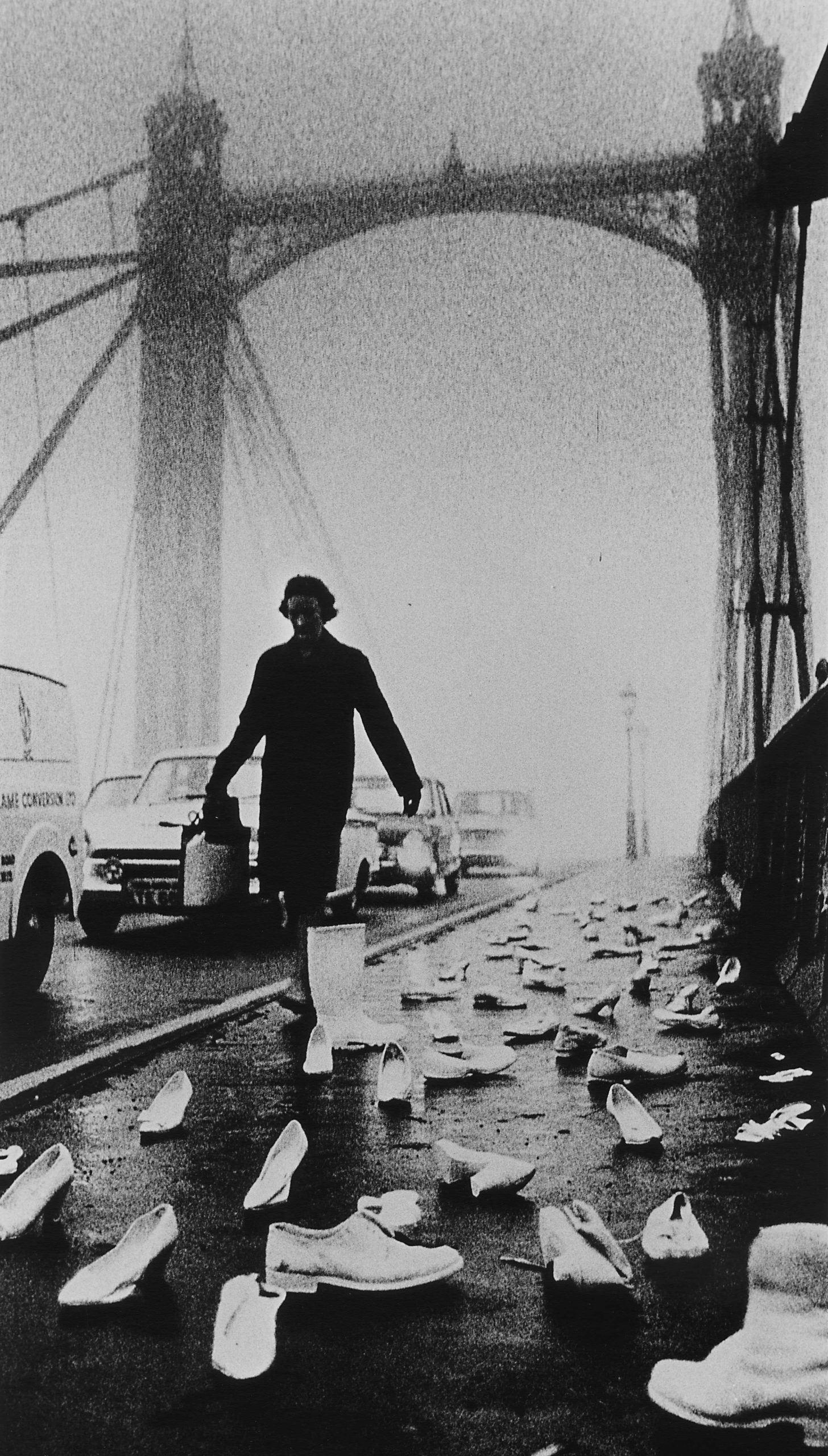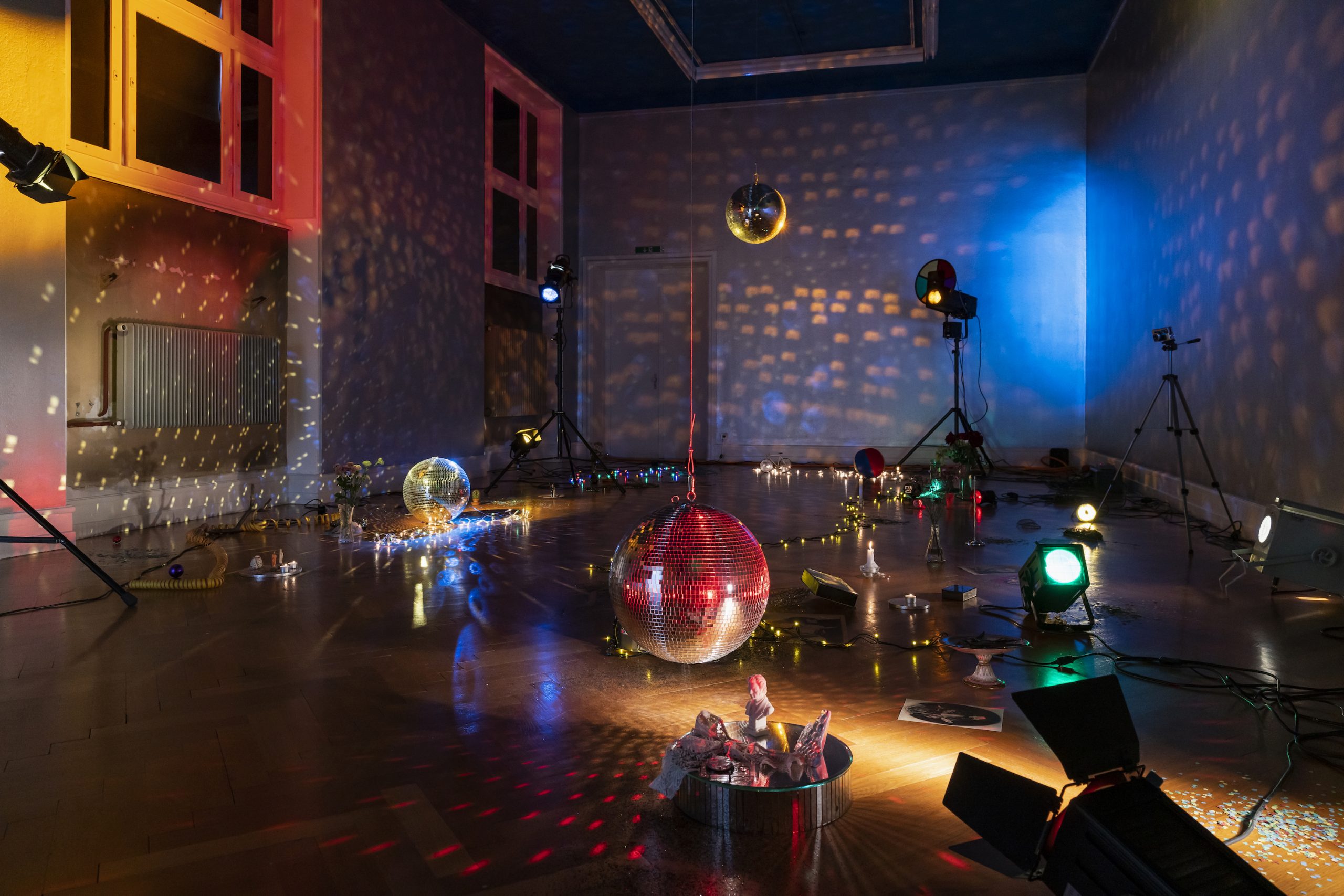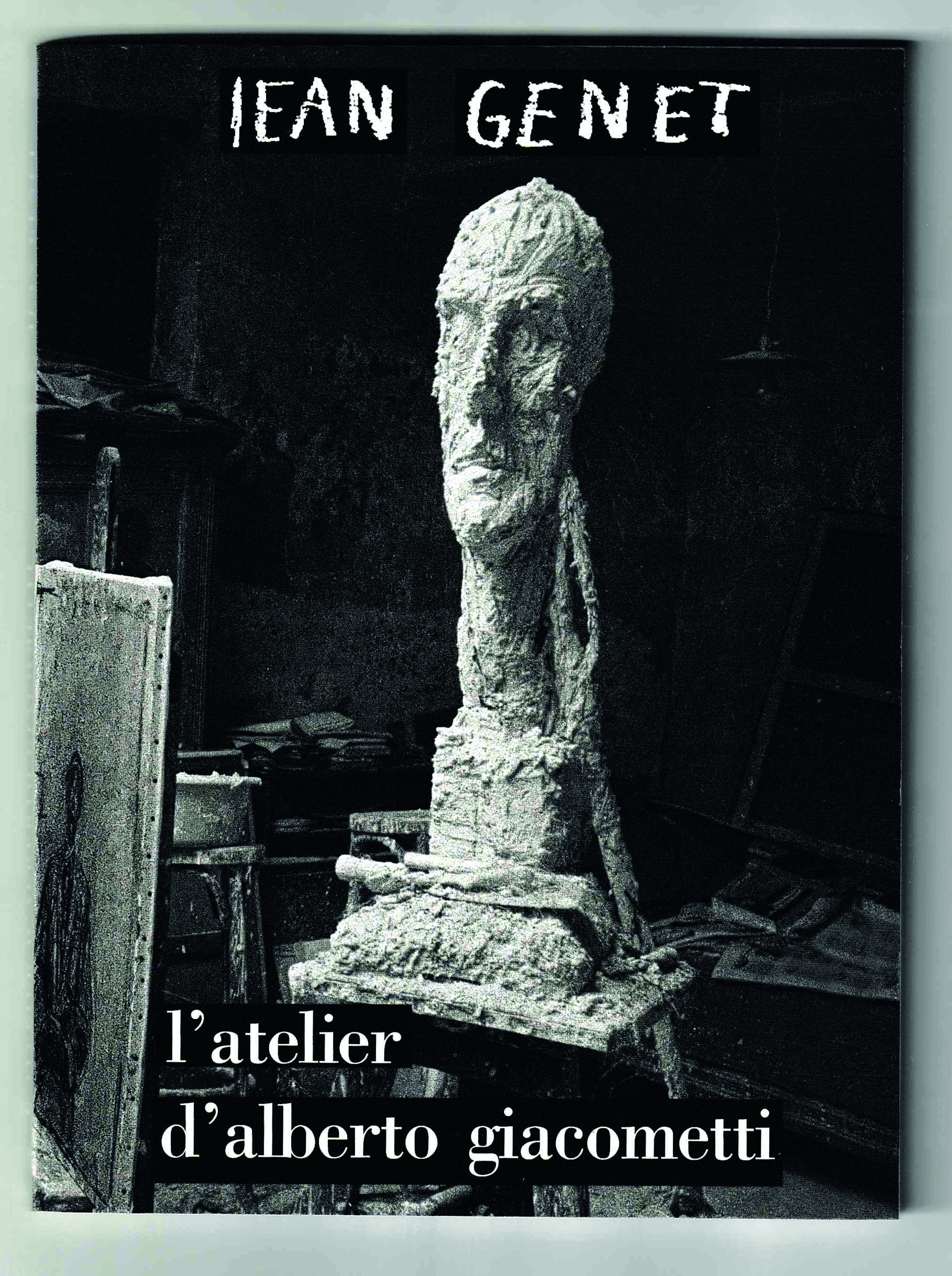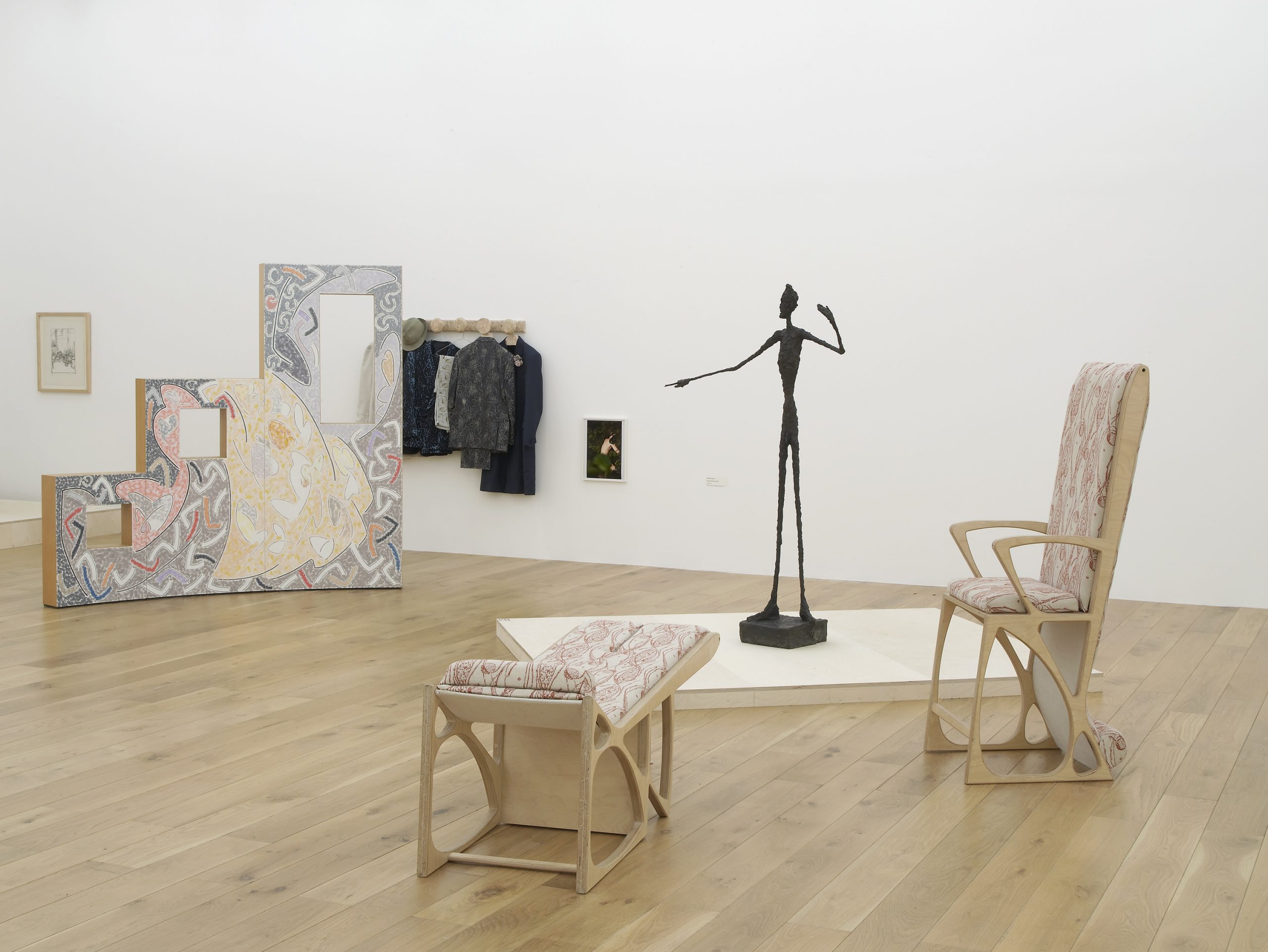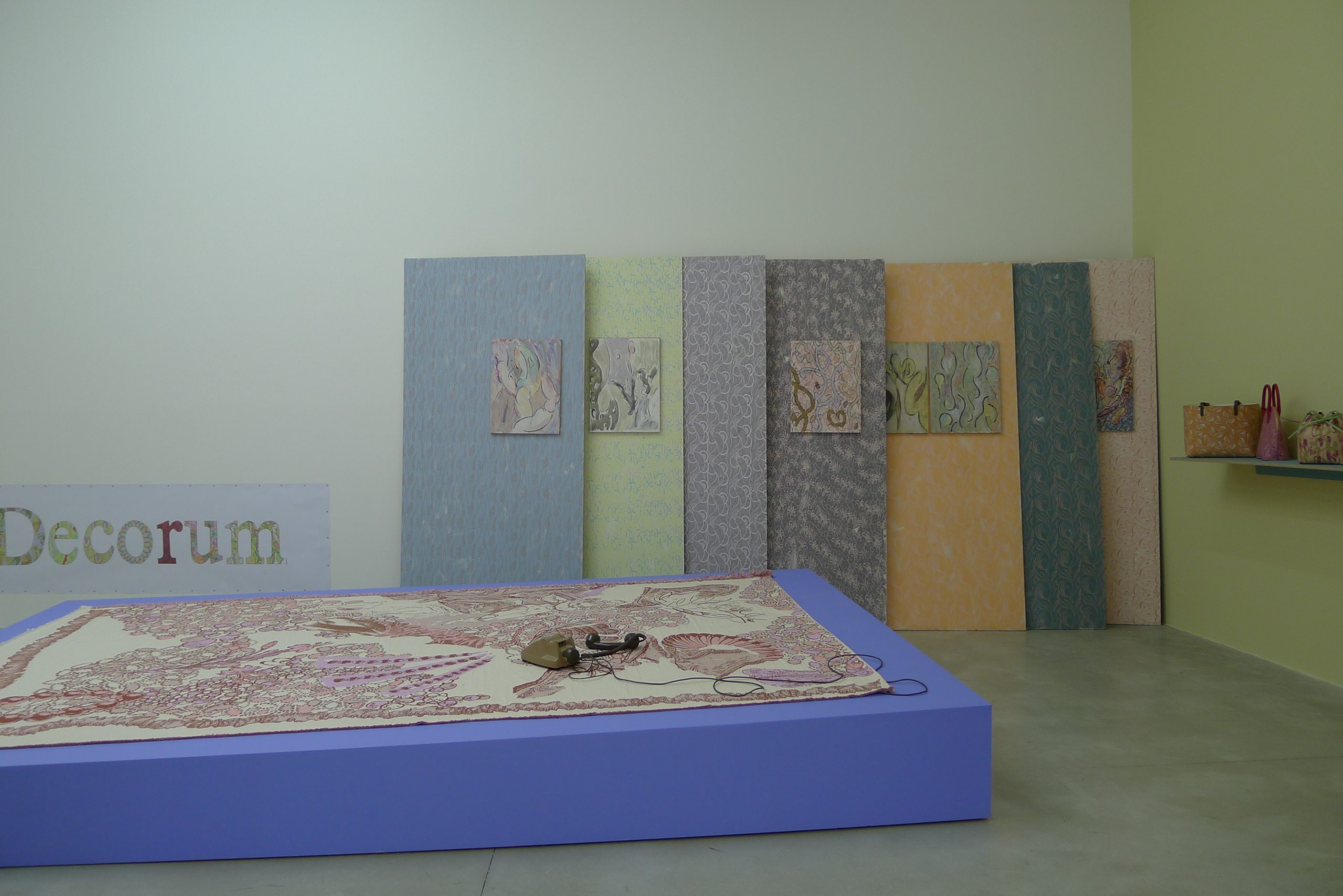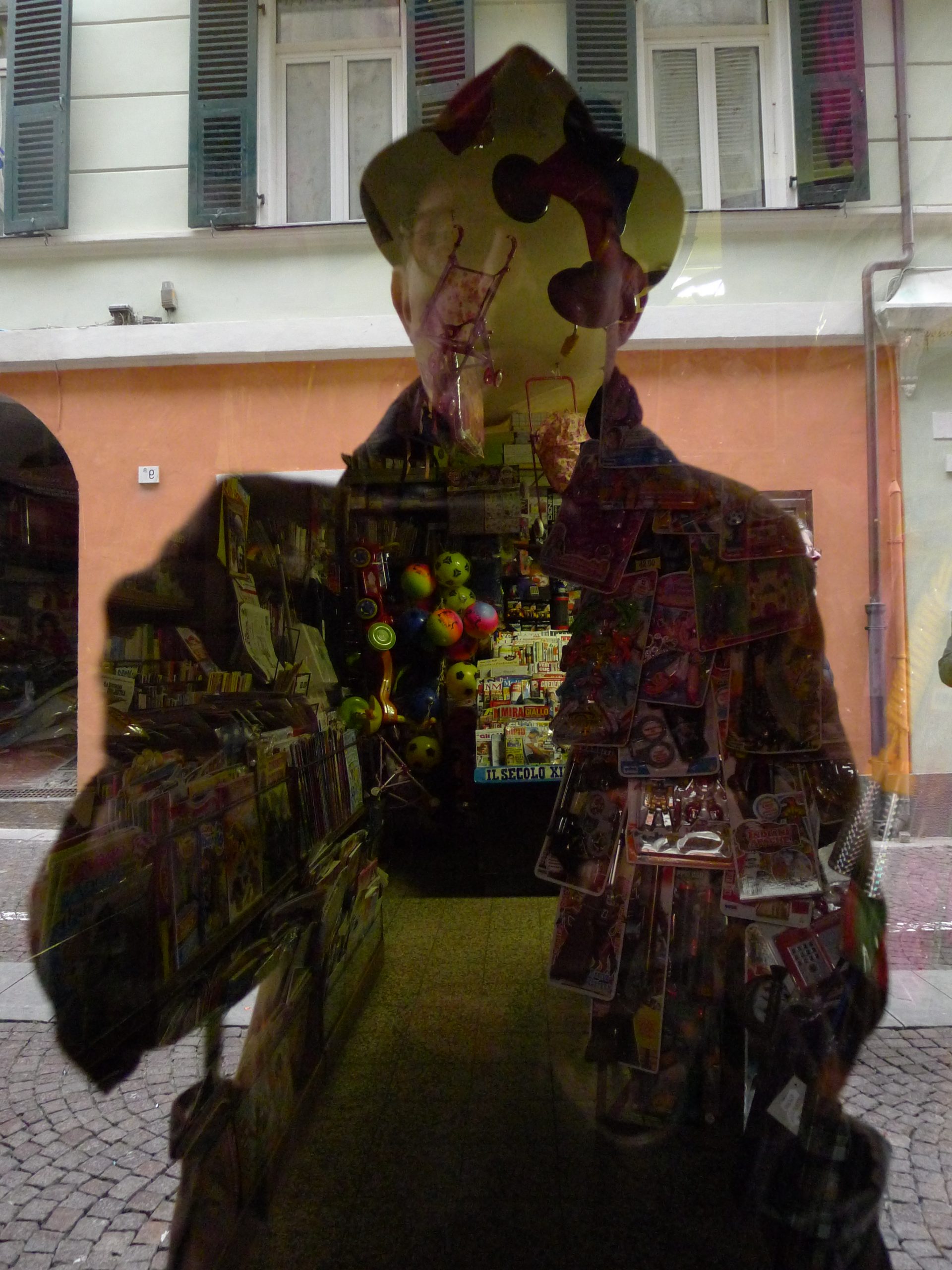
Features #9 — July 2022
Marc Camille Chaimowicz in conversation with Nicolas Vamvouklis
Marc Camille, you are one of the first artists to merge the realms of performance and installation art. Which were the challenges in creating a new, staged space where the personal becomes political?
The pre-existing ways of practice left him dissatisfied; was he surely yearning for the once halcyon days of the Avant-Garde? Intense in his need for radical change, the young man was driven by a longing for a sense of fellowship… and yet, although possible directions were then signposted within the emerging counter-culture as well as in the realms of music and film, it was essentially a matter of finding one’s own voice within a new order, or simply of seeking a more personal language, freed from formalism’s straight jacket. Terms such as performance or installation were felt to be an irritant because what was least wanted was to be (re)classified. It was in this sense that he was then drawn to the unnamed.
If I had to describe your shows in one word, that would be hospitable. They blur the boundaries between art and design, private and public, intimate and formal, masculine and feminine. Can you imagine a world without colour? How would that be for you?
You are perhaps familiar with “L’atelier d’Alberto Giacometti” by Jean Genet? One of the best texts ever written on art, in which Genet (for whom he is posing) recalls Giacometti telling him that he once imagined burying life-size bronze figures deep underground — as though belonging to a defunct time — to not be found until some distant future when even his name would no longer have been remembered! Such were the musings of two of the finest existentialist minds!
But above ground, in the land of the visible, colour matters, of course: it would, after all, be difficult to visualise a bathroom scene by Bernard or a bunch of flowers by Vuillard in black and white. Jean-Luc Godard’s black-and-white film “Breathless” was transformed in its remake as “Pierrot le Fou,” not simply by the casting of Anna Karina, but by the process of Technicolor!
In the exhibition “Dear Valérie…” at Kunsthalle Bern (2020), in addition to your own artworks, you also presented a photograph by your long-time friend Balthasar Burkhard. Céline Condorelli says that friendship could be charted both as a desirable set-up for working and a dimension of production. What is your idea of friendship?
As and when concerning a particular person, friendship then becomes bespoke and is more often than not tinted by the tone of complicity or implied intimacy. Although Jean Genet, ever the outsider, professed to have no need for friendship, he would indeed have upheld the spirit of fellowship as a measure of fraternal solidarity.
My 2008 exhibition “…In the Cherished Company of Others…” at de Appel, co-curated with Alexis Vaillant, featured many guest artists as a metaphor of fellowship and included Lucy McKenzie, alongside whom I have since regularly exhibited as well as co-authored a number of conversations. We correspond but do not, however, exchange birthday or Christmas cards; our ongoing dialogue is, therefore, one of a shared fellowship. In contrast to the condition of friendship, which is inherently exclusive, the nature of fellowship, both pluralistic and porous, implies a degree of commonality…
…and how about collaborations as part of the creative process? You use an extensive range of media, which means working closely and experimenting with different craftspeople.
Exactly! I am currently working with two ceramicists (an Italian and a Japanese) — one for an outdoor commission and the other for an edition — and although each project differs, I am equally grateful to each of them for their expertise. I am also overseeing the production of ribbons, this entailing industrial process, as well as having two rugs hand-woven in Mexico.
A diverse range of media and techniques can be found in my back catalogue; these include tufted wool, sandblasted aluminum and crystal glass, printed and woven fabrics, tooled bronze, decorated leather, printed wallpaper, lacquered ply, etc., which have, over many years, extended the parameters of my practice (perhaps also my attention span, since each one has had its own specific challenges?).
And yet, although a close dialogue is often implicit — as has been the case with my primary cabinet maker — the premise of collaboration is often as much with the potential of each process or material, as it may be with that of each artisan.
The artist’s house organically connects the domestic world or the workplace with the exhibition venue. May I ask which is your favorite spot in your living space?
At the very start of the lockdown, my bedroom was initially a favoured place (as was surely the case for many others) whether to read, make notes, or draw birds in flight, which I would enjoy seeing from the window… or to be engaged in reverie, which often remains so upon waking.
For decades, it has been the kitchen table. Now it is the generous table in my salon, from where the view is good, the coffee is easy to reach, as are the bookshelves, and in the early evening, most often, a Campari soda…






















